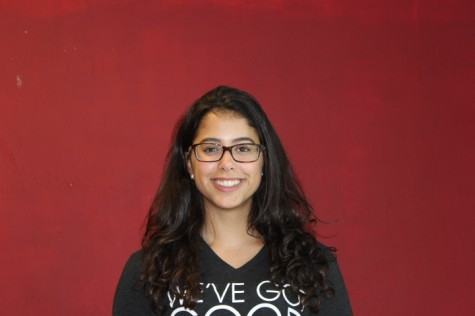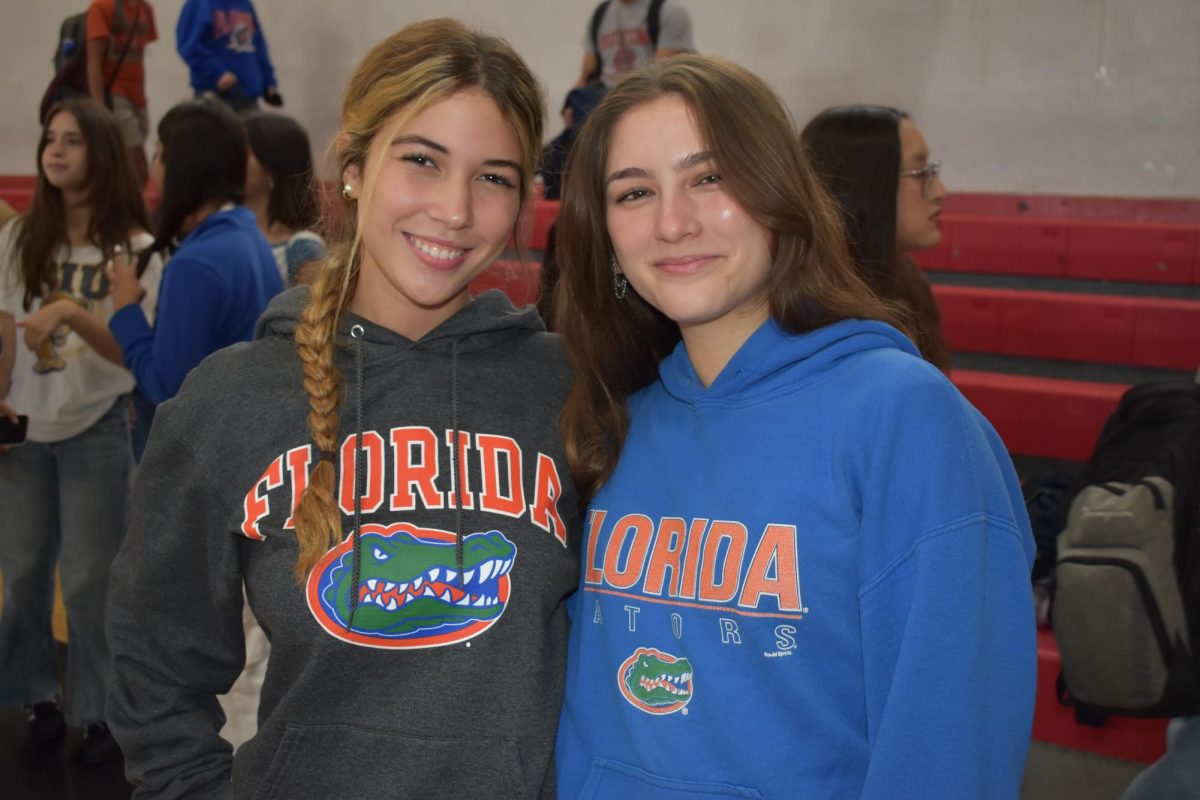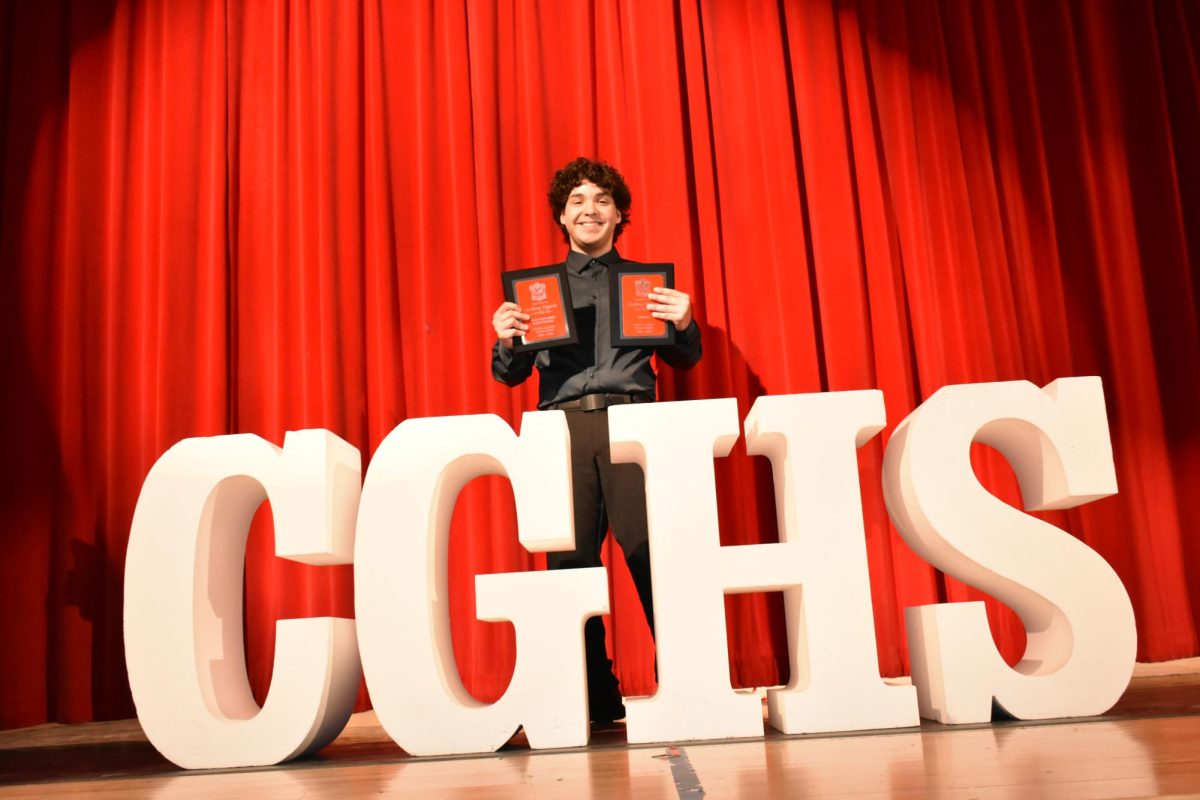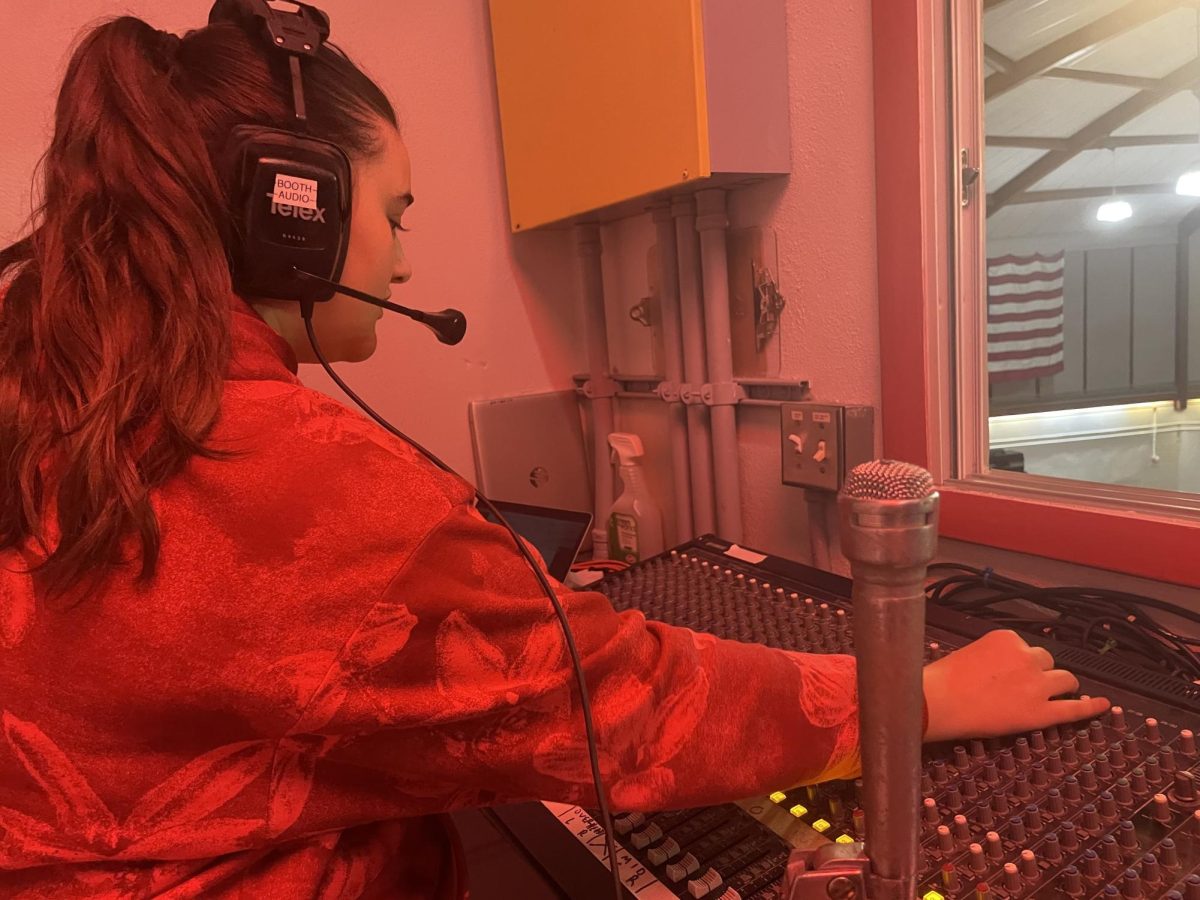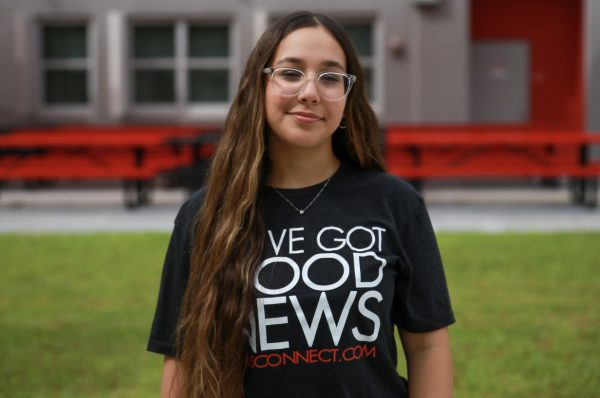Prosthetics: One Step Closer to Reality
Gaunaurd holding two different models of prosthetic limbs.
Feb 14, 2015
On Jan. 22, Gables welcomed a special guest, Ignacio Gaunaurd, for a pro chat that focused on prosthetics as a career choice. Gaunaurd graduated from Columbus High School with the Class of ’95 and obtained his bachelor’s degree in dietetics and nutrition from Florida International University (FIU).
Because hands-on research was required after graduation, Gaunaurd decided he would apply for a job after he got his master’s in physical therapy at FIU. He landed a job as a researcher with the help of a professor that referred him to work at the Miami Veterans Healthcare System. Gaunaurd had the chance to work alongside veterans who lost their legs to diabetes and peripheral vascular disease; he worked diligently to optimize the veterans’ overall health. As a physical therapist, Gaunaurd’s goal is to work hand-in-hand with physicians and prosthetists who deal with limb loss.
There must be a balance between the quality of the rehab the patient is receiving and the quality of the prosthetic arm or leg in order to maximize their function and mobility.
“Two people who’ve been instrumental in my development as a physical therapist and research are Robert Gailey, professor at the University of Miami, and Neva Kirk, Chair of the Department of Physical therapy,” Gaunaurd said.
Although prostheses are nowhere near close to the energy return offered by the human body, these machines have come a long way since the 1900s. The 9/11 terrorist attack in 2001 spurred an uprising in new research and technologies; millions of dollars were donated toward the prosthetics cause, taking it one step closer to reality.
“That technology will start to trickle down to the regular population as well after being given to the service members of the war,” Gaunaurd said.
Most importantly, Gaunaurd was one of the participants that revolutionized science through the development of a test called the C.H.A.M.P. (Comprehensive High Level Activity Mobility Predictor) for service members to determine when they are able to go back to duty. The test’s effectiveness was proven when C.H.A.M.P. was able to adapt to different areas of specialty and be as helpful to other populations. Apart from serving as a military-agility test, it is now also used with athletes at the University of Miami (UM).
“There are about 50 active service members out at war fighting for our blessed country with missing limbs right now. That’s just amazing,” Gaunaurd said.
Gaunaurd suggests that if an individual is interested in a career involving prosthetics or physical therapy, the best thing to do is to seek a local physical therapist at any major hospital and see if they seek help. This way, individuals get an actual feel for the job as well as life experience. Prosthetics is science at its best, tailored to the individual, and a work in progress as a reflection of the human body.



